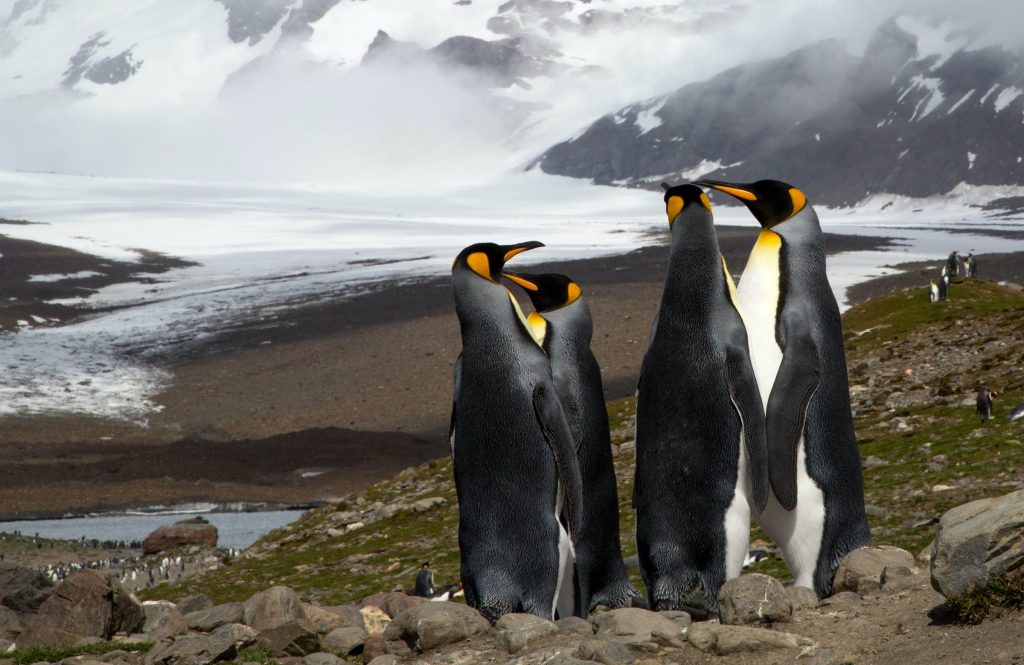
Antarctic Sea Ice In Precipitous Decline: A Climate Crisis Wake-up Call
ANTARCTICA – The rapidly dwindling sea ice around Antarctica, following two record-breaking low seasons, is sounding alarm bells for the global scientific community. With the winter maximum levels striking their lowest since satellite monitoring began in the late 1970s, researchers are seeking improved models and more measurements to fathom the rate and reasons behind this dramatic decline.
Sea ice, a frozen seawater layer encircling the Antarctic continent, oscillates between its maximum extent in September and minimum in February. Notably, this summer minimum has seen a marked decrease with the last seven years witnessing three record low summers.
The stakes are high. As some climate experts postulate, 2023 might signify a regime change for Antarctic sea ice. These vast ice sheets play a pivotal role in maintaining Earth’s thermal equilibrium by reflecting solar energy back into the atmosphere, thereby keeping our planet relatively cool. They also contribute to the formation of cold, dense saline water bodies that fuel global oceanic currents.
However, predicting the intricate patterns of Antarctic sea ice, which constitutes one of Earth’s most massive seasonal changes, remains a formidable challenge for even the most advanced climate models.
From the 1970s, satellites have kept a keen eye on the “sea ice extent,” denoting the total surface area where at least 15% is covered by sea ice. This year, in September, it plummeted to an unprecedented low for this period. The repercussions of such a decline are manifold and immediate. A stark example is the catastrophic impact on Emperor penguins; a staggering 80% of breeding sites in certain regions reported no chick survival due to sea ice loss.
The conundrum remains: Why couldn’t scientists foresee this drastic decrease? Surprisingly, while the Arctic’s melting trends have been consistent, Antarctica has shown an opposite trend. Satellite data depicts a minor increase in Antarctic sea ice from 2007 to 2016, which has been followed by a decline. This oscillating pattern runs counter to predictions from the majority of simulations used in the latest Intergovernmental Panel on Climate Change (IPCC) report. These models, our primary tools for forecasting future climatic trends, suggested a consistent decline in Antarctic sea ice over this period.
Delving deeper into these models, which have been evolving since the 1960s, reveals a sophisticated interplay of components. These range from models depicting atmospheric and oceanic circulations to the transfer of solar energy through the atmosphere. While they have been fairly accurate in forecasting oceanic and land warming trends, the enigma of Antarctic sea ice remains unsolved.
Multiple theories have been posited, from alterations in wind and wave patterns to stratospheric ozone changes. Yet, a conclusive answer remains elusive.
Another critical piece of this jigsaw puzzle is the thickness of the sea ice, an attribute currently undetectable by satellites due to its slenderness, salinity, and an overlying snow layer. Data from submarines, monitoring stations, and airborne thickness measurements provide fragmented insights. However, a comprehensive understanding of the volume and overall impact of climate change on sea ice necessitates more extensive data on both sea ice area and thickness.
Anomalous weather patterns, like the 2022 storms that decimated McMurdo Sound’s sea ice, serve as poignant reminders of the immediate repercussions of these ice shifts. Thinner ice disrupted Antarctic operations and rendered sea ice too perilous for vehicular operations.
While the exact extent of climate change’s influence on these sea ice anomalies remains uncertain, the signs are clear. Anomalies like these could foreshadow more dire shifts.
To stand a chance against these impending climatic challenges, the path forward is unmistakable: we need enhanced modeling capabilities, meticulous measurements, and innovative methodologies. The future of our planet may very well hinge on our understanding of these icy expanses.
©eco-guardians.org